Weekend Away
Not Your Average Farm Town
The Madcap gents lap up the small-town pleasures of Farmville, Virginia
By Jason Oliver Nixon
When John and I think up ideas for our weekends away, it’s easy to consider obvious road-trip destinations such as Charleston and Savannah (stay tuned . . . they’re on our list). But we also like to shake it up with locations that are off the beaten path.
Like Farmville in central Virginia.
Situated 2 hours and 40 minutes north of High Point, Farmville, population 8,000, isn’t exactly your average farm town.
In fact, it’s something of a design mecca. Truly.
But that’s not all.
It turns out that it’s a charming and supremely walkable college town with stately brick architecture, a handful of spot-on restaurants and heaps of green space, including the awe-inspiring High Bridge Trail with an entrance that sits smack on Main Street.

Plus, the town serves as the perfect home base for visits to nearby historic sites such as Thomas Jefferson’s Monticello and lesser-known Poplar Forest — without the crush, say, of bustling Charlottesville.
John and I discovered Farmville’s recently overhauled, 1930s-era Hotel Weyanoke while trawling possible road-trip destinations online. We were smitten with the images of the hotel’s sympathetic renovation that mixes period architecture with modern flourishes. But the hostelry is, in fact, far better than the online images suggest.
The Weyanoke boasts 70 sleek, contemporary rooms and two restaurants — the Taproot Tavern and Effingham’s. Expect craft beer, cool cocktails and smart cooking (think coal-fired pizzas, crab cakes with creamy rémoulade and a terrific burger with homemade pickles atop a brioche bun).
It’s also dog-friendly.
The pound-rescue pups — Weenie, Cecil, Amy Petunia and George — accompanied us for the weekend, a frolicsome quartet that relished everything about the comfortable junior suite, including its sitting area, sprawling bathroom and Juliet balcony. And at just $150 per night, the room was a steal.
The Weyanoke’s rooftop cocktail bar, the Catbird Rooftop Terrace, was closed for the season, but we plan to return in a more clement season for a little rosé with a view. We loved the hotel’s signature green bikes, perfect for exploring next door Longwood University with its pedestrian friendly, postcard-perfect campus.
Hotel Weyanoke ticks off one Farmville design box. And then there’s Green Front Furniture, a sprawling discount furniture company that comprises 13 buildings over several blocks of downtown. Should you seek any type of furnishing, accessory, rug or patio set under the sun, Green Front is your nirvana. Its showrooms are housed within various storefronts up and down Farmville’s main street, including former department stores and dramatically lit tobacco warehouses that look as if they were plucked from the canals of Amsterdam.
Traditional furniture brands such as Theodore Alexander make a big presence. As does Kindel. Gabby and Summer Classics. Hickory Chair. And on and on.
Lest you feel overwhelmed, Green Front has a great map that will give you the lay of the land.
We cross paths with the charismatic 20-something Den Crallé, a Farmville native and the force behind Green Front Furniture.
“We love being an inherent part of the Farmville community,” Crallé tells us. “The town is super dynamic and only getting better and better. You can shop for furniture, dine, spend the weekend at a great hotel, wander the wonderful campuses and really enjoy a classic American small-town experience.”
John and I walked. We hiked. We trotted the dogs up and down Main Street. We browsed furniture at Green Front for clients. We visited nearby Hampden-Sydney College and brunched on BBQ at The Fishin’ Pig. We dined at Mex-centric one19, where we savored uber fresh scallop tacos paired with prickly pear margaritas and a mountain of chips and homemade salsa.
Speaking of mountains, on Saturday morning, John and I made the hour-long, bucolic drive to Monticello in Charlottesville. Thomas Jefferson’s mountaintop masterpiece is stunning, of course, the iconic architecture paired with a gorgeous panorama. Visitors can learn about the plantation’s history, sip local wines, wander amidst the vegetable gardens and visit Jefferson’s grave. But be prepared for swarms of people, loads of guidelines and — should you miss your social distancing marks — a quantum dose of admonitions.
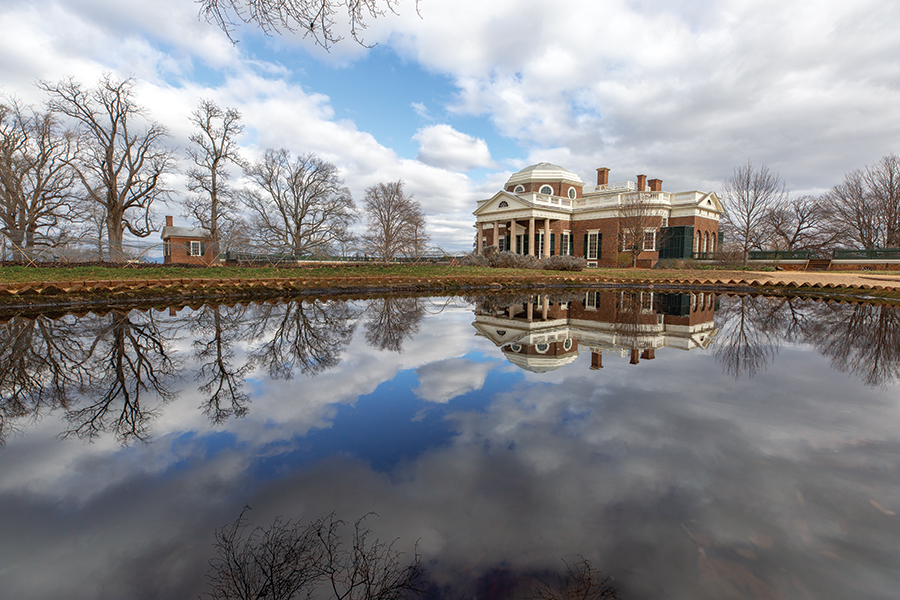
“Don’t come any closer, stay away,” lectured a particularly Teutonic guide when I humbly asked for directions to the loo from behind my mask.
Harumph. There went my warm and cozy feelings for Monticello.
Sunday morning’s hour-long pilgrimage to Poplar Forest, Jefferson’s less-celebrated retreat near Lynchburg, Va., restored my optimism. There was nothing didactic or dictatorial about our visit to Jefferson’s folly-like pavilion. And there were no crowds. John and I were two of eight people on the property for a 12:30 p.m. guided tour. Surrounded by suburban sprawl, Poplar Forest has managed to cobble back 600 acres to its original 5,000 and offers stunning views in certain sight lines (and, sadly, perspectives onto vinyl-clad ranch houses in others). The home itself is amazing — a cube surrounded by a Palladian-inspired symmetry that, lacking furniture, celebrates Jefferson’s architectural masterstrokes. Restoration work continues. Happily, there is a master plan for Poplar Forest that will help reduce the suburban vistas and celebrate the estate’s extant surrounding nature. Interesting factoid: Poplar Forest was rescued in the 1980s by a High Point doctor who saved the property from development before selling it to the nonprofit that currently runs the estate.
Back in Farmville, John and I finished off our busy weekend with a languid dinner at the groovy North Street Press Club eatery, housed in a super-cool former printing plant next door to the hotel. We sipped kicky Paloma cocktails and noshed on Vietnamese street tacos with tangy nuoc cham sauce from a vast around-the-world menu.
Our assessment of Farmville?
Yes. Yes. And yes.
Noted John, “I really like this town, who knew? What an unexpected, wonderful little gem.” OH
The Madcap gents, John Loecke and Jason Oliver Nixon, embrace the new reality of COVID-friendly travel — heaps of road trips.

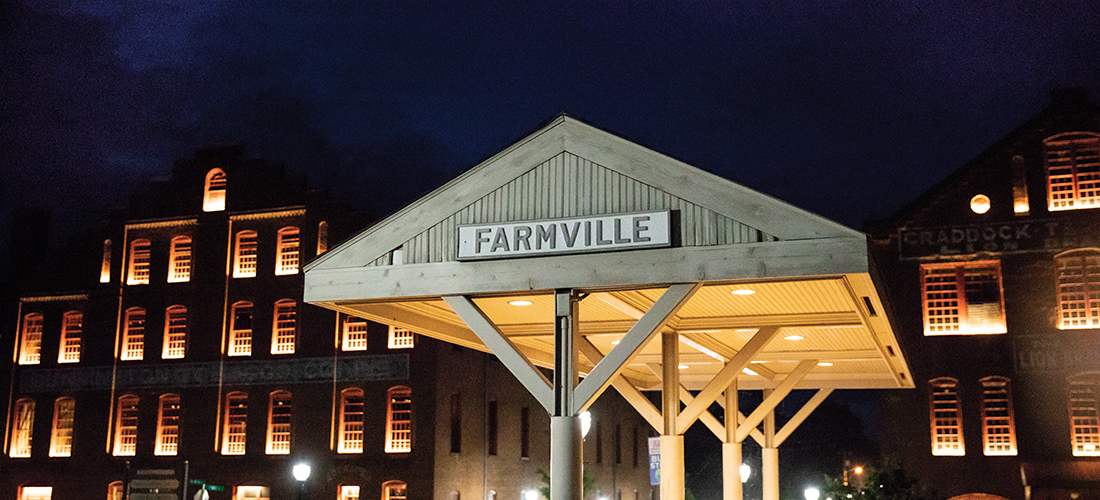

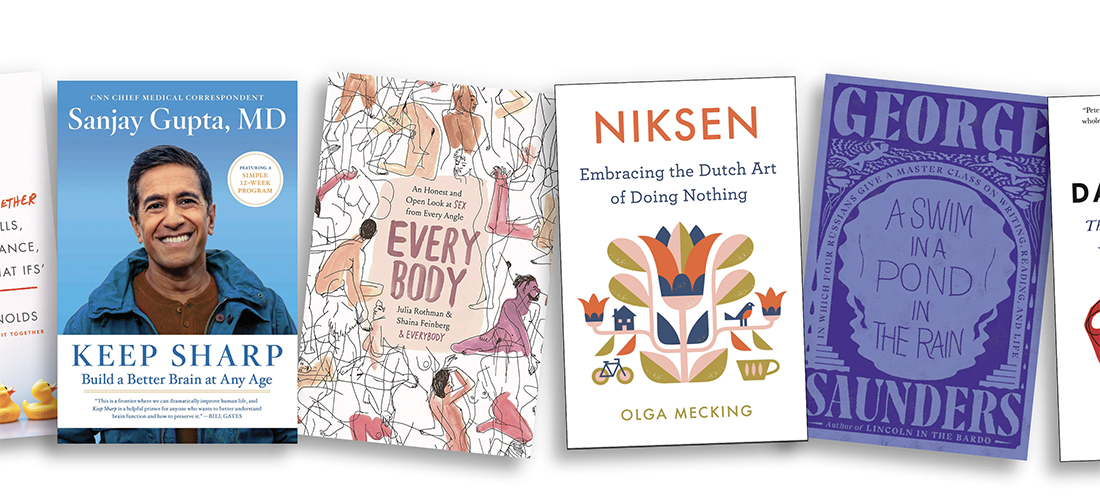

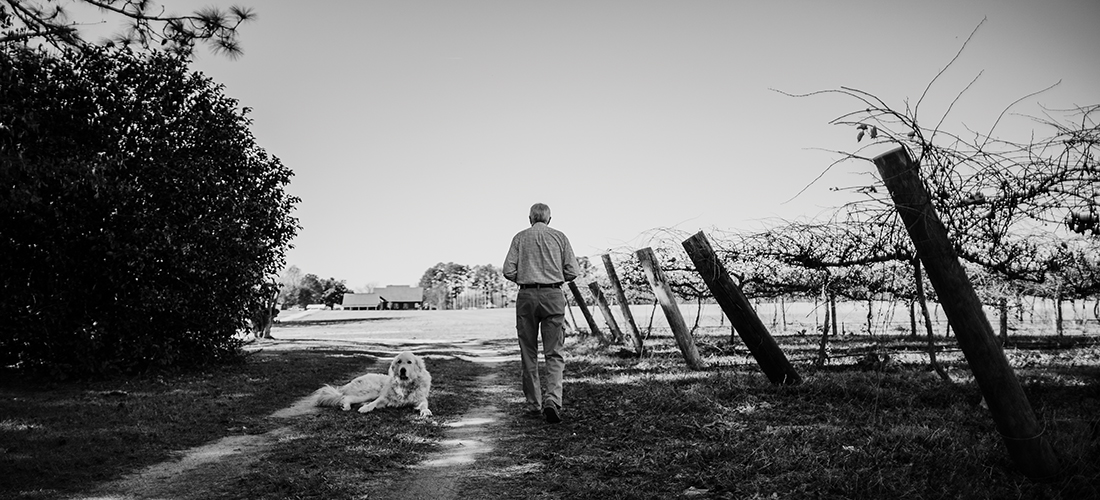
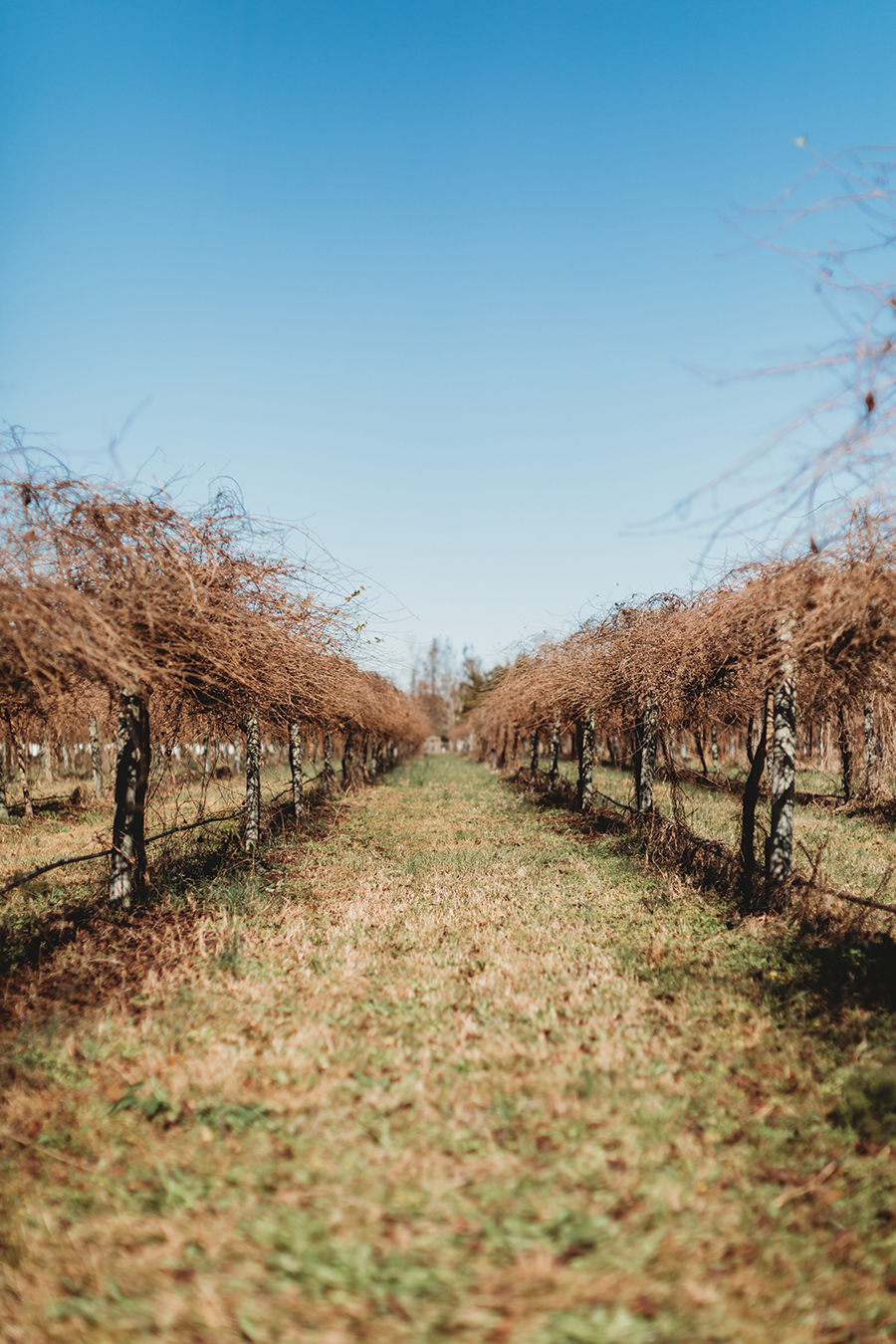

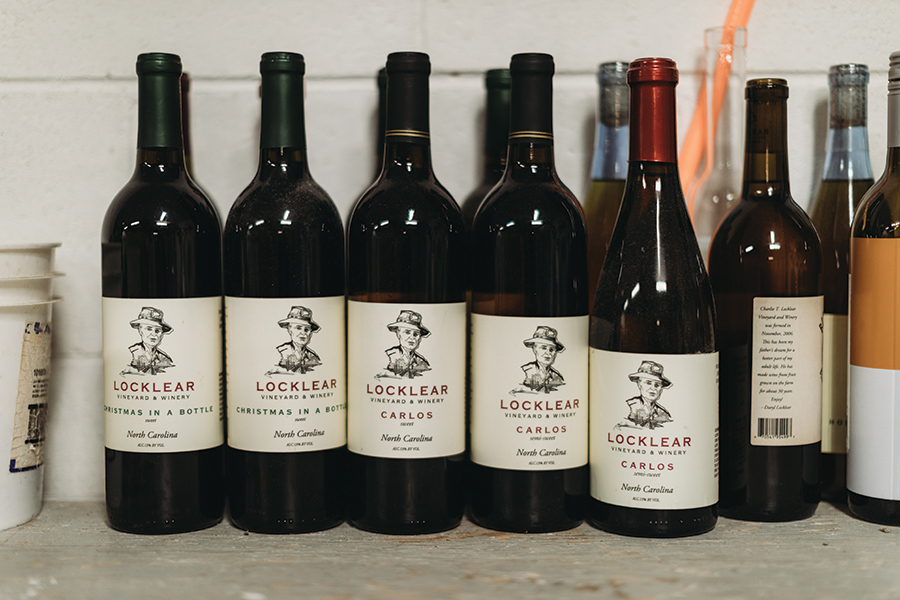
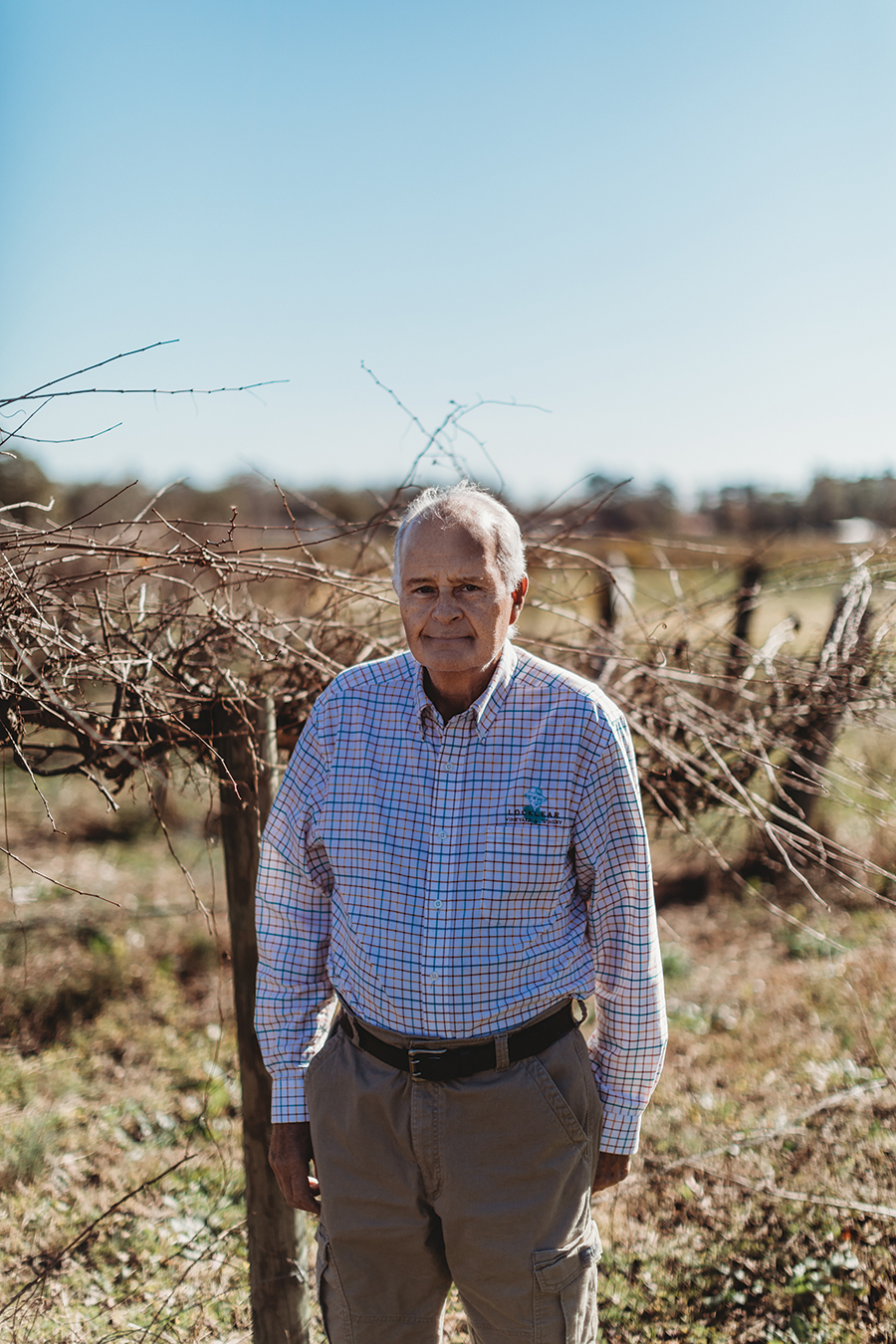
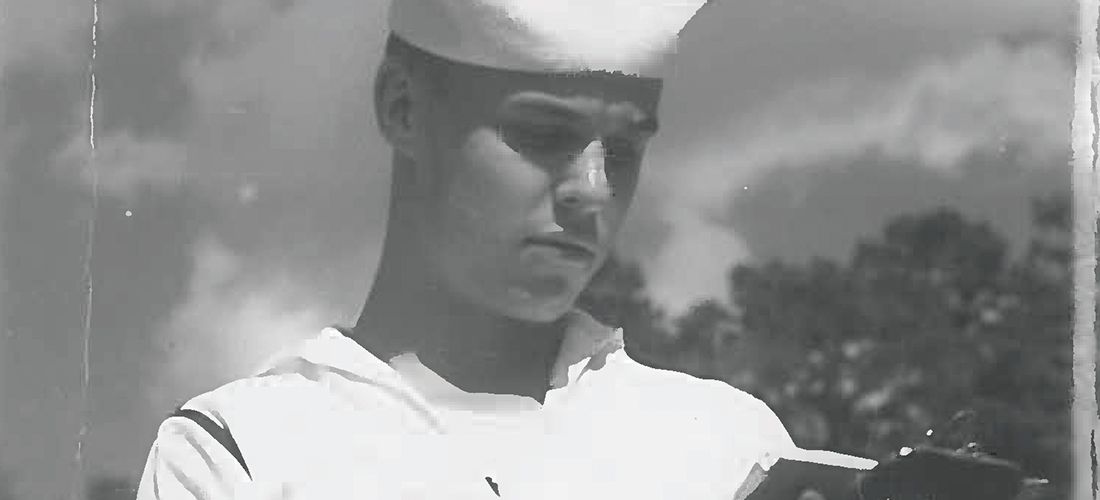


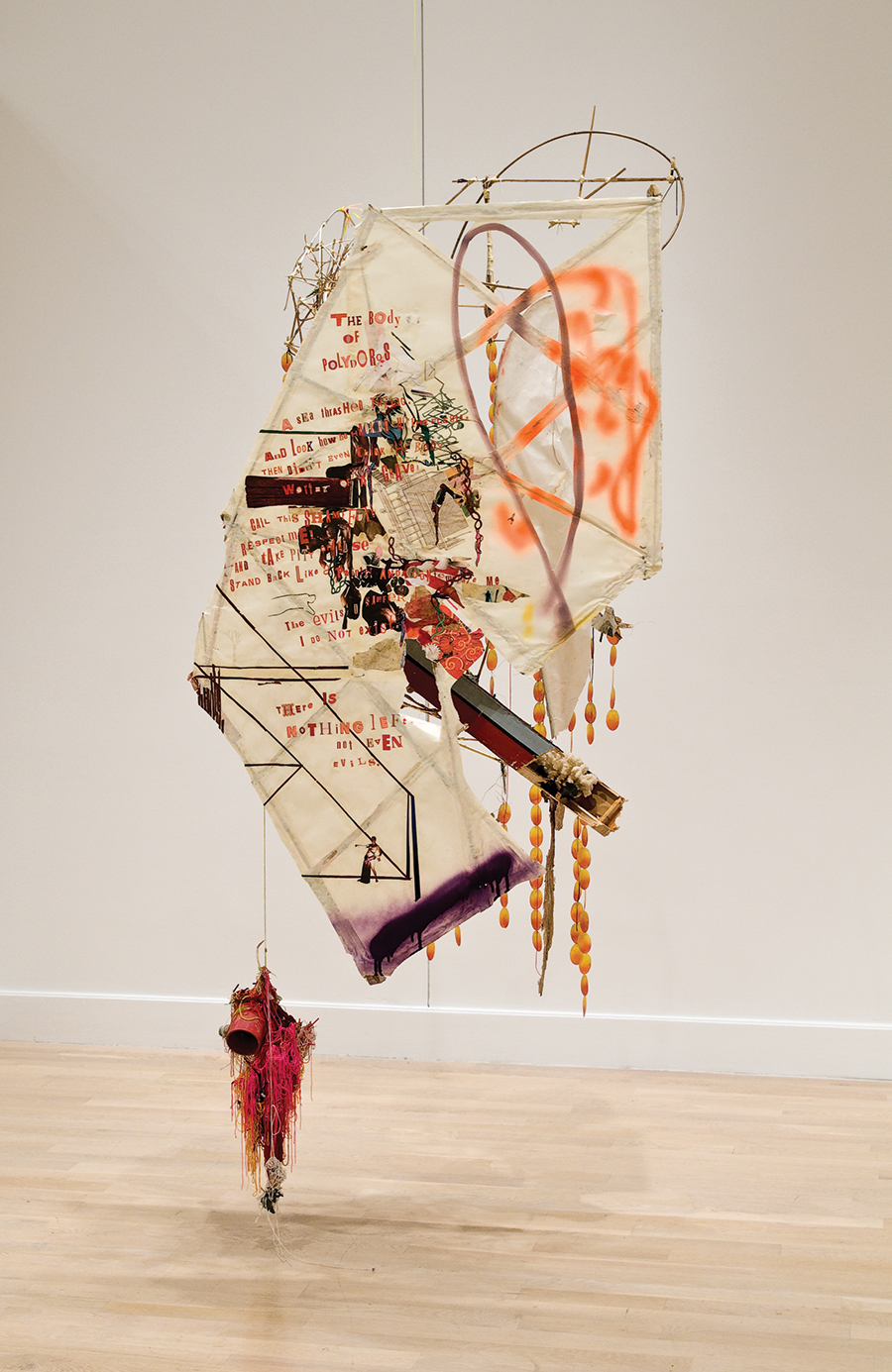 All About That Spoon
All About That Spoon

